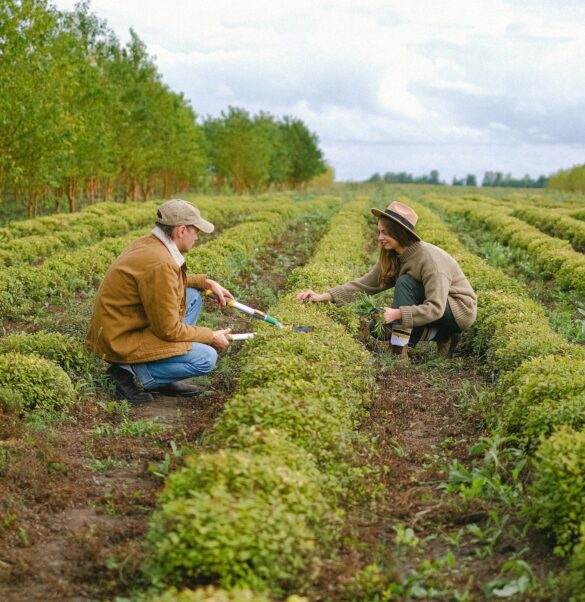Community gardening has emerged as a powerful movement that not only fosters sustainable food production but also creates vibrant urban green spaces and strengthens community bonds. In this article, we delve into the benefits of community gardening, its impact on sustainability, and how individuals can get involved in this growing trend.
The Rise of Community Gardening:
In an era marked by environmental concerns and a desire for more sustainable living, community gardening has gained popularity as a grassroots movement. From vacant lots to rooftop gardens, communities across the globe are coming together to transform underutilized spaces into thriving gardens that produce fresh, nutritious food while promoting environmental stewardship and social cohesion.
Benefits of Community Gardening:
- Sustainable Food Production: Community gardens provide a local and sustainable source of fresh produce, reducing reliance on environmentally harmful industrial agriculture practices and long-distance food transportation.
- Urban Green Spaces: By converting vacant lots and unused land into green spaces, community gardens contribute to urban biodiversity, improve air quality, and mitigate the urban heat island effect, creating healthier and more livable cities.
- Health and Wellbeing: Engaging in gardening activities has been linked to numerous physical and mental health benefits, including stress reduction, increased physical activity, and improved mood and cognitive function.
- Community Building: Community gardens serve as gathering places where people of all ages and backgrounds come together to garden, share knowledge, and build meaningful connections with their neighbors, fostering a sense of belonging and social support.
- Education and Empowerment: Community gardens provide valuable opportunities for hands-on learning about gardening, nutrition, environmental sustainability, and food justice, empowering individuals to take control of their food systems and make healthier choices for themselves and their communities.
Getting Involved in Community Gardening:
- Find a Community Garden: Start by researching community gardens in your area using online resources, community bulletin boards, or local gardening associations. Visit different gardens to get a sense of their mission, activities, and membership requirements.
- Volunteer or Join: Reach out to the organizers of community gardens and inquire about volunteer opportunities or membership options. Many gardens welcome volunteers to help with planting, weeding, watering, and harvesting, while others offer plots for individuals or families to cultivate their own crops.
- Attend Workshops and Events: Participate in gardening workshops, classes, and events hosted by community gardens or local organizations to learn essential gardening skills, connect with fellow gardeners, and exchange ideas and resources.
- Share Resources and Knowledge: Contribute to the success of your community garden by sharing seeds, tools, and gardening expertise with other members. Collaborate on projects, organize workdays, and participate in community events to strengthen bonds and build a thriving garden community.
- Advocate for Green Spaces: Advocate for the creation and preservation of community gardens and urban green spaces in your city or neighborhood by raising awareness, mobilizing support, and engaging with local policymakers and stakeholders to prioritize green infrastructure and equitable access to nature.
Conclusion:
Community gardening offers a holistic approach to sustainability, fostering local food production, environmental stewardship, and community resilience. By coming together to cultivate gardens, individuals can not only nourish their bodies with fresh, healthy food but also cultivate stronger, more connected communities rooted in shared values of sustainability and social responsibility. Whether you’re a seasoned gardener or a novice, consider joining or supporting a community garden in your area and be part of the growing movement towards a greener, more sustainable future for all.



